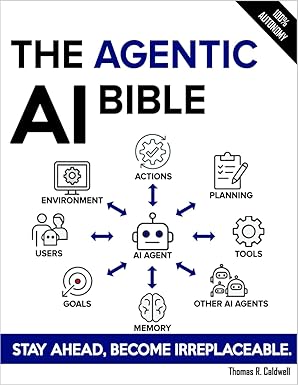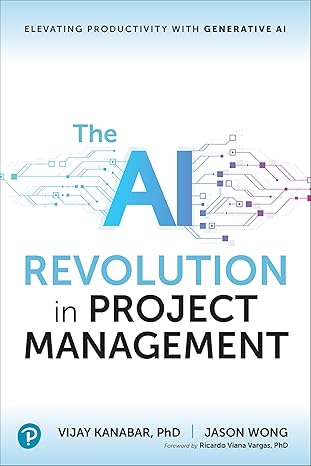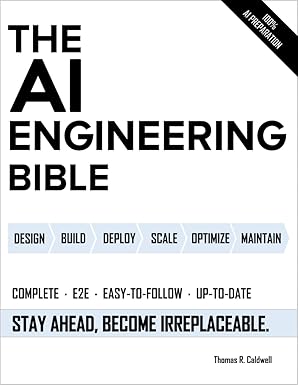The Human Handshake: Building Trust Between AI Agents and Your Team
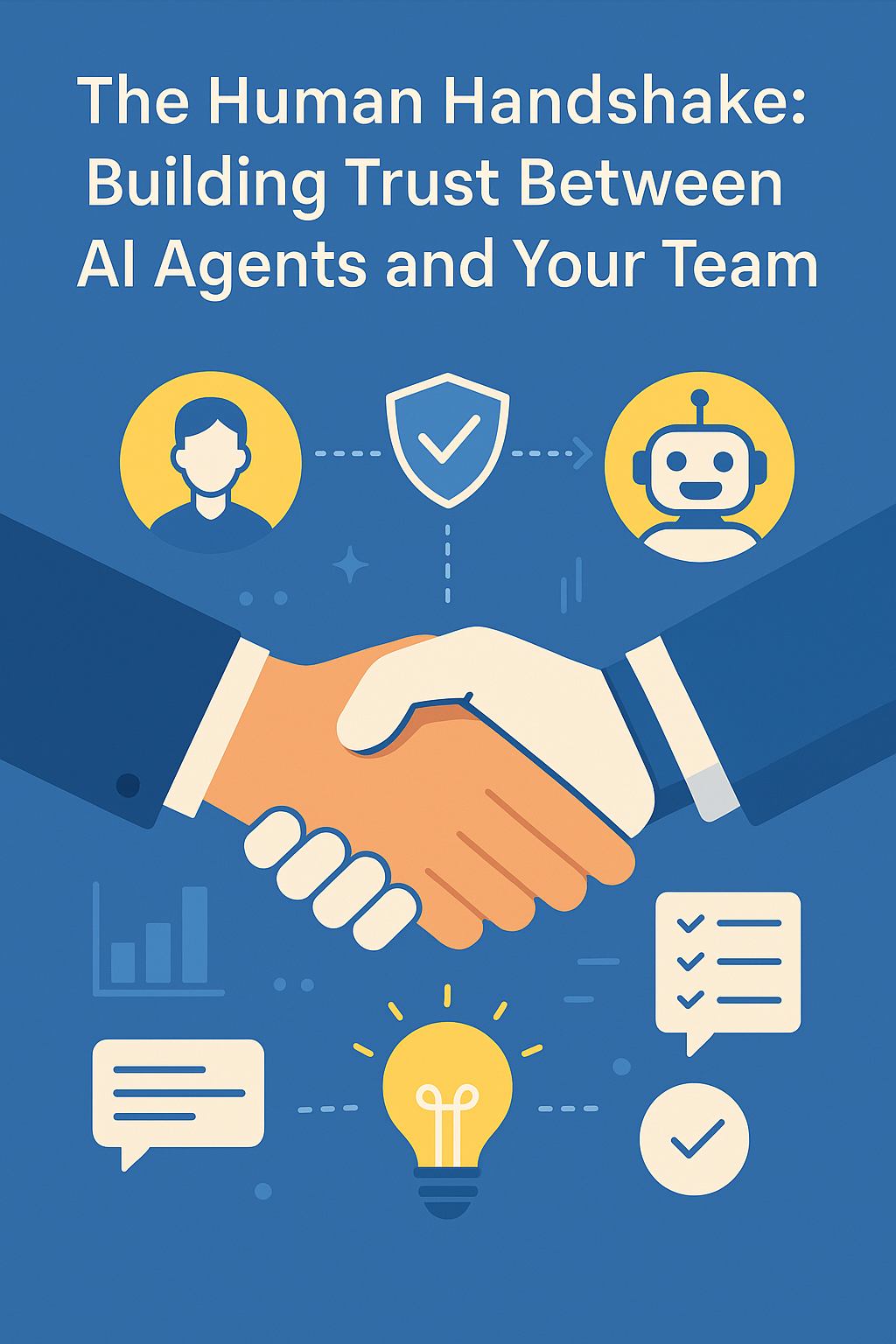
Ad Space
The Human Handshake: Building Trust Between AI Agents and Your Team
When companies talk about AI adoption, the conversation often revolves around capabilities — what the AI can do, how much faster it is, and what kinds of tasks it can automate.
But here's the reality: capability without trust is useless.
I've watched two teams at the same company adopt identical AI agent tools. One flourished, using their AI assistant daily. The other? They quietly sidelined it, sticking to old habits. The difference wasn't in training data, processing power, or tool integrations. It was in trust.
This post is about the bridge between people and AI agents — a bridge I call The Human Handshake. It’s not a technical protocol, but a cultural and workflow agreement that makes adoption natural, safe, and embraced.
Why Trust is the Ultimate Multiplier
Trust transforms AI from a "maybe" to a "must-have." Without it, your rollout will stall, no matter how good the tool is.
Think of the handshake: a small gesture that says "I'm safe, and I'm here to work with you". In AI terms, it's the moment your team sees the AI not as a black box replacing them, but as a partner amplifying their work.
I've seen engineers go from skeptical to advocates when they understood:
- How the AI makes decisions.
- When it will ask for their input.
- How it will be monitored and improved.
Step 1: Transparency Without Overload
Transparency doesn't mean dumping a 200-page architecture doc on your team. It means explaining just enough for them to feel informed.
For leadership and non-technical staff, this might be a simple workflow diagram. For engineers, it might be an opt-in deep dive.
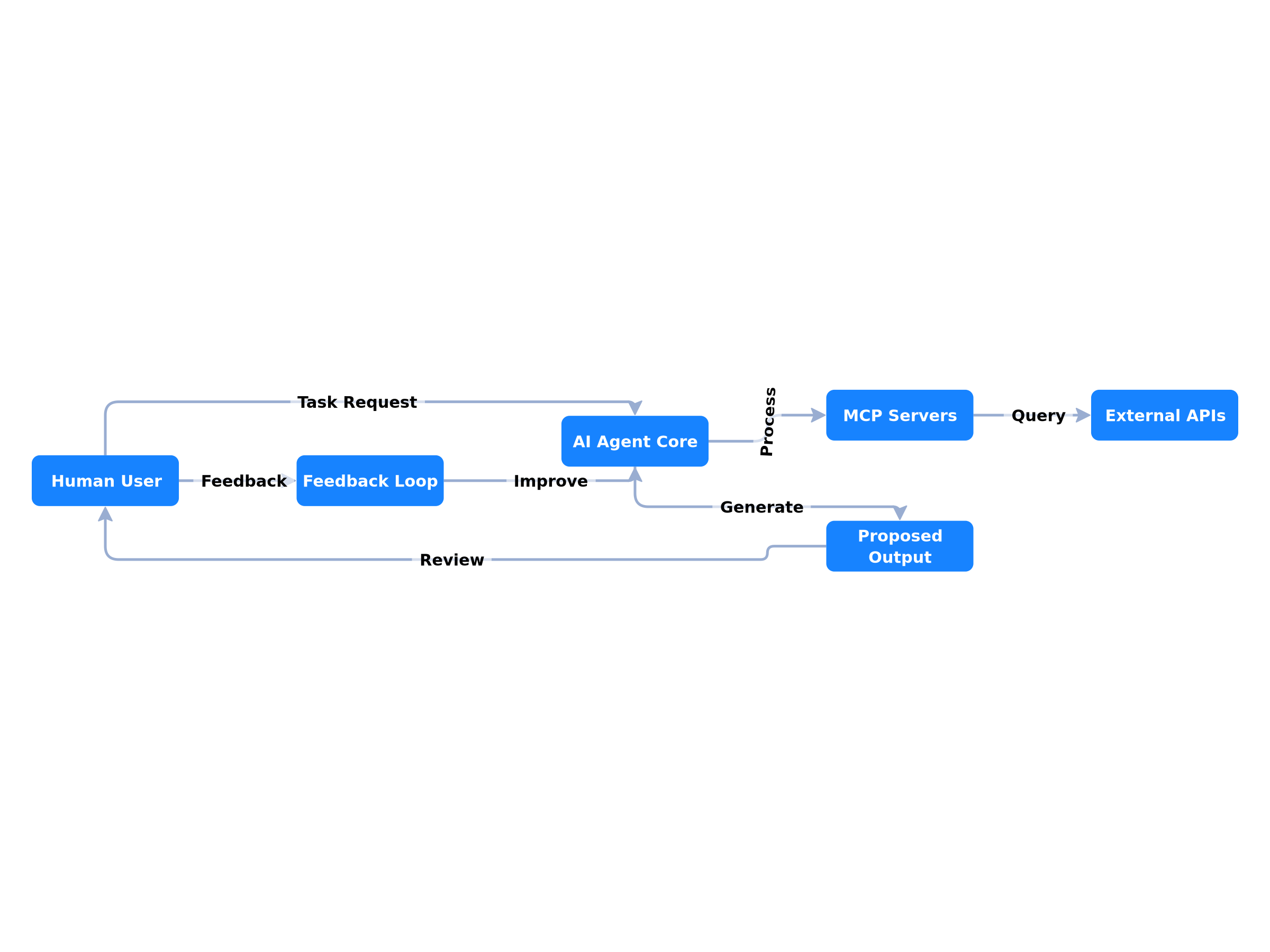
Step 2: The Feedback First Approach
The fastest way to kill trust? Letting AI silently make changes without oversight.
Early on, run your AI in Shadow Mode: it makes suggestions, but humans decide whether to apply them. This:
- Builds familiarity.
- Captures feedback.
- Shows that humans are still in control.
I've seen teams move from 80% rejection of AI suggestions in week one to over 60% acceptance by week six — just by starting with shadow mode.
Step 3: The Human-in-the-Loop Design Pattern
This isn't about slowing down automation — it's about control points. A human-in-the-loop design means:
- Humans approve critical changes.
- Agents handle repetitive, low-risk actions.
- Escalation rules are clear.
- Agent generates a pull request.
- PR automatically tagged as "AI-generated."
- Senior engineer reviews and merges.
- Feedback sent back to the AI's style memory.
Step 4: Training AI in “Our Language”
We covered this in detail in The Agentic Feedback Loop, but here's the gist: The more your AI matches your tone, style, and coding practices, the more it feels like "one of us."
I've measured edit times on AI-generated documentation drop by 42% once we implemented a style memory system.
Step 5: Visible Wins, Measured Publicly
Trust grows when people see results — especially when they're quantified.
Post weekly "AI saves" in Slack:
- Bugs caught.
- Hours saved.
- Tasks completed faster.
This visibility changes AI from an abstract tool to a tangible productivity booster.
Step 6: Gradual Autonomy with Safety Nets
Once trust is established, agents can act more independently — but with guardrails.
For example:
- If the AI's confidence score is above 90%, it can commit code directly.
- Below that, it routes to a human reviewer.
{
"task": "Refactor function",
"confidence_score": 0.92,
"action": "auto-merge"
}
Step 7: Handling the Skeptics
You'll have skeptics. Don't push them to the sidelines — make them co-designers.
Give them the power to:
- Customize agent prompts.
- Set their own approval thresholds.
- Suggest workflow changes.
One of my biggest skeptics became our AI champion because I let him define the test suite for AI-generated code.
Common Pitfalls
- Overpromising: Saying "This AI will cut your workload in half" sets you up for disappointment.
- Removing humans too soon: Even if the AI is technically ready, the team might not be.
- No accountability: Always make it clear who owns the AI's actions.
Cost/Benefit Analysis
Compared to fine-tuning, building a trust-first workflow is far cheaper and faster.
| Approach | Setup Time | Cost | Risk |
|---|---|---|---|
| Fine-tuning | 3-6 months | High (compute + data) | Model lock-in |
| Human Handshake | 4-8 weeks | Low (process + training) | Minimal |
The Human Handshake Framework
- Start with transparency.
- Run in shadow mode.
- Build human-in-the-loop points.
- Train AI in your style.
- Showcase wins.
- Add autonomy gradually.
- Involve skeptics.
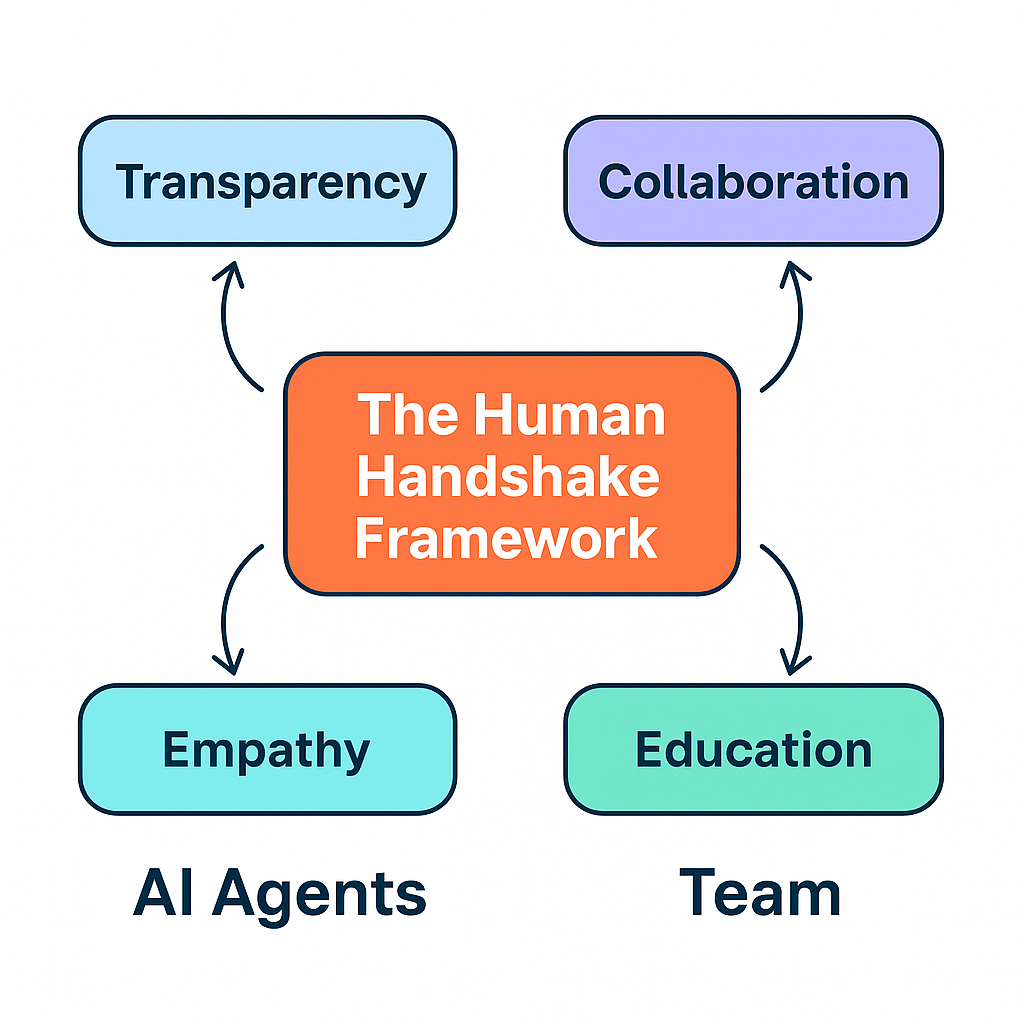
Call to Action
If you're rolling out AI agents in your org:
- Read Unlocking Agent Potential
- Learn to Automate MCP Servers
- Start your Agentic Feedback Loop
And if you want the full Human Handshake rollout checklist, download it here.
Ad Space
Recommended Tools & Resources
* This section contains affiliate links. We may earn a commission when you purchase through these links at no additional cost to you.
📚 Featured AI Books
OpenAI API
AI PlatformAccess GPT-4 and other powerful AI models for your agent development.
LangChain Plus
FrameworkAdvanced framework for building applications with large language models.
Pinecone Vector Database
DatabaseHigh-performance vector database for AI applications and semantic search.
AI Agent Development Course
EducationComplete course on building production-ready AI agents from scratch.
💡 Pro Tip
Start with the free tiers of these tools to experiment, then upgrade as your AI agent projects grow. Most successful developers use a combination of 2-3 core tools rather than trying everything at once.
🚀 Join the AgentForge Community
Get weekly insights, tutorials, and the latest AI agent developments delivered to your inbox.
No spam, ever. Unsubscribe at any time.

